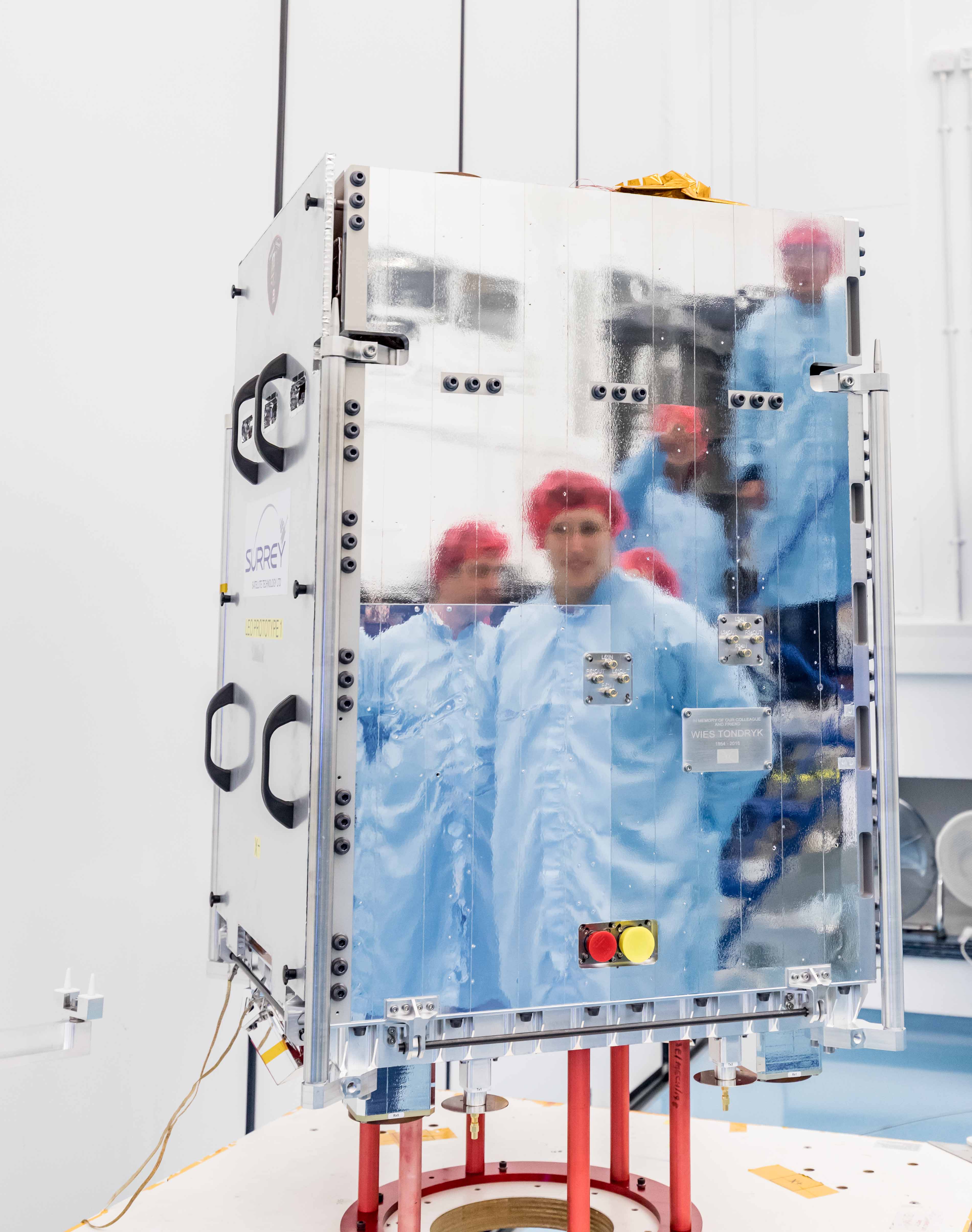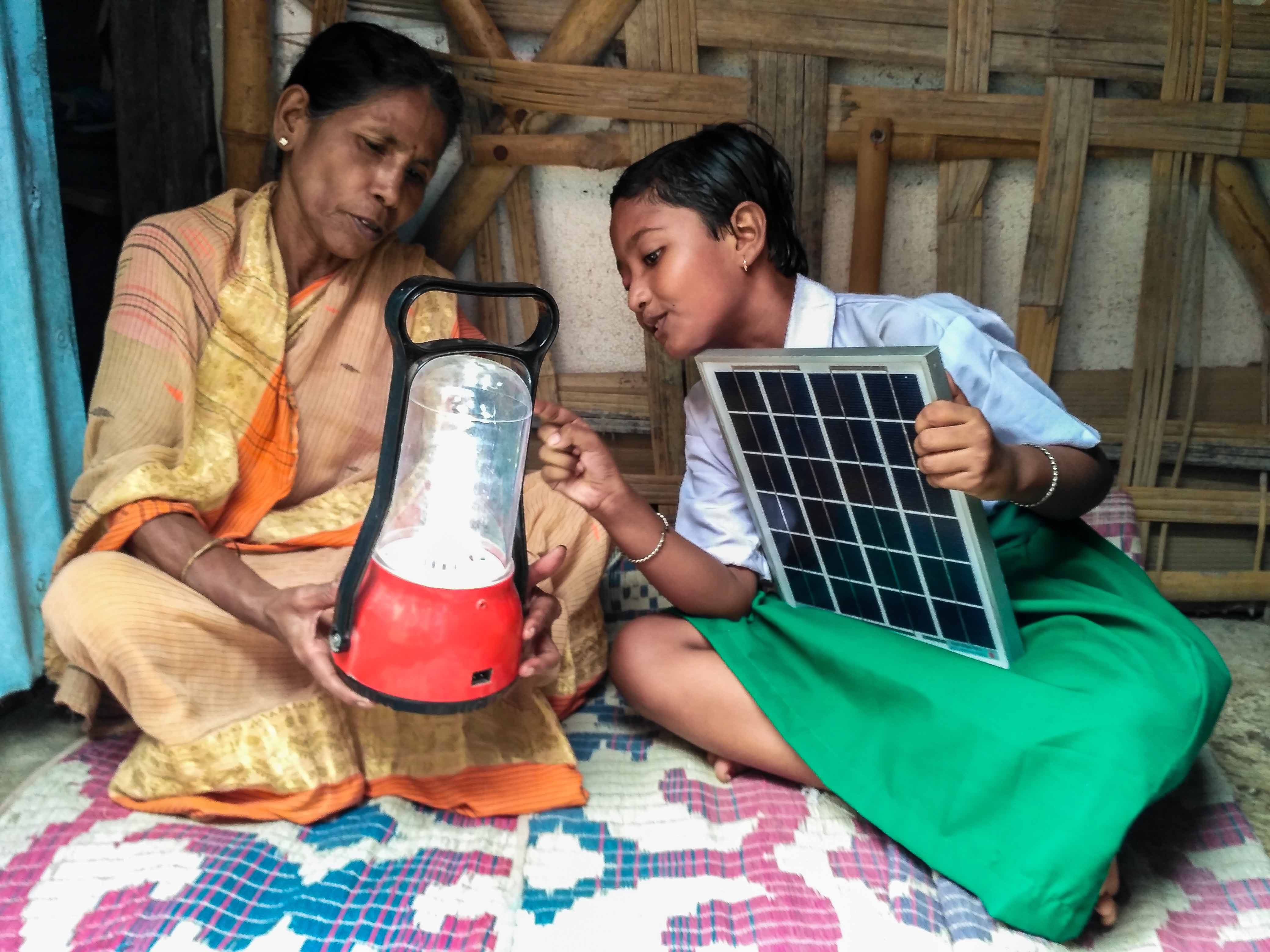Engineering and technology is all around us and part of our everyday lives: from our smartphones, heating and lighting to the medicines we take and the clothes we wear. But it goes much further than that. From space exploration, additive manufacturing and autonomous vehicles to remote healthcare and sustainable energy – engineers and technologists are inventing new ways to do things and finding solutions that will make this world a better place.

‘Engineers are hot stuff’ by Mike Glendinning won the overall prize in last year’s contest
The Institution of Engineering and Technology (IET) is one of the world’s largest engineering bodies to promote engineering and technology, particularly among young people, helping them to see that engineering provides an exciting, creative and rewarding career option. But despite endless opportunities across the profession, there is a severe lack of understanding about what engineering and technology truly entails and the sector is suffering from a huge image problem.
When you search for images of an engineer in Google, it returns a mass of hard hats and high vis jackets. A stereotypical image that only shows one small area of the sector today.
To dispel these stereotypes, the IET’s annual photography competition is returning for a third year. Updating the image of engineering to show its breadth and diversity through the use of more appealing and engaging photography, will help portray a truer reflection of modern engineering and hopefully inspire the next generation to consider careers in this innovative sector.
The competition
The IET Engineering & Technology Photographer of the Year 2019 is open to any photograph of an engineering-related subject that captures the dynamic, creative and progressive face of engineering and engineers today.
Along with Gadget Show host Georgie Barrat, the judging panel also includes our very own Nigel Atherton, Editor of Amateur Photographer, Gillian Abbott, Picture Editor at E&T magazine and electrical engineer Dr Imran Shafique Ansari, who is a lecturer at the University of Glasgow and Vice-Chair of the IET Young Professionals Committee.
IET YPC Vice-Chair Dr Imran Ansari, said: “This is the third year that the IET has run this competition and we’ve had some fantastic images entered over the past two years, showing just how cool and varied engineering really is. We want to build on this bank of images and banish the perception that engineers just fix or mend things.
“By making this call for creative and stand out images, we hope that we can help to highlight the modern, exciting and creative nature of an engineer’s work and demonstrate that their work is all around us and central to our everyday lives.”
To enter, all you need to do is take images of engineering related subjects that truly capture the innovative, imaginative and fast developing face of engineering and engineers today. Winning photographs will help to challenge public misconceptions of engineering and demonstrate the ingenuity, breadth and vibrancy of its world. For full details, visit theiet.org/photographer-of-the-year.
Winning photography
The competition ran for the second time last year, with some amazing photography from a broad range of engineering and technology areas.
Mike Glendinning from Edinburgh was named overall winner of the competition last year for his photo ‘Engineers are hot stuff’ which captures an engineer in the environmental testing facility at Leonardo in Edinburgh. The facility provides extreme environmental testing on complex electronic systems to check they are ready for real world use.
Kathryn Graham from Farnborough won the Adult Design & Production category for her photo ‘Reflections on a spacecraft’, (below), which captures the satellite LVP1 with reflections of some of the team who built it at Surrey Satellite Technology.

James Birchall from Leeds won the Adult Structure category for his photo ‘Engineering, why should the sky be the limit’, which captures the Subaru Telescope above the clouds on the Summit of Mauna Kea in Hawaii. See below.

Winner of the best smart phone photo was Sudip Maiti from Kolkata in India. His image, ‘Solar Energy. The Future’, captures a young girl educating her grandmother about the benefits of solar energy – showing its impact in a rural area.

The categories
The competition is open to everyone across two age groups. You can enter up to five photos across any of the following categories:
* Design and Production
This category celebrates innovation around the design, development and making of the things that people need. Images might include mechanical, materials and manufacturing.
* Digital
This category includes photography around robotics and electronic tools, as well as systems, devices and resources that generate store or process data.
* Environment and Energy
This category focuses on engineering and technology within our environment, as well as energy efficiency, energy services, facility management and alternative energy technologies.
* Structure
This category includes construction, architecture, buildings, bridges, cityscapes.
* Transport
The category is for all forms of transportation.
* Best smart phone photo
The judges will be looking for the best photo taken on a smart phone across all of the categories!
The prizes
The judges will look at every entry and award £500 to each of the five adult category winners and £250 to each of the five junior category winners. An overall winner for the adult entries and an overall winner for the junior entries will be selected for an extra cash prize of £250 each. The best photo taken on a smart phone will also win £150. On top of the cash prizes, a selection of the winning images will be made into a photographic exhibition in central London and feature in Amateur Photographer later on this year.
How to enter
To enter, please send your images by 17:00 (BST) on Friday 30 August 2019 to photography@theiet.org along with a completed entry form, available here. The competition is open internationally, subject to local laws, and is split into two age categories: junior (16 and under) and adult (17 and over). Anyone who meets the age criteria is able to enter, completely free of charge.








